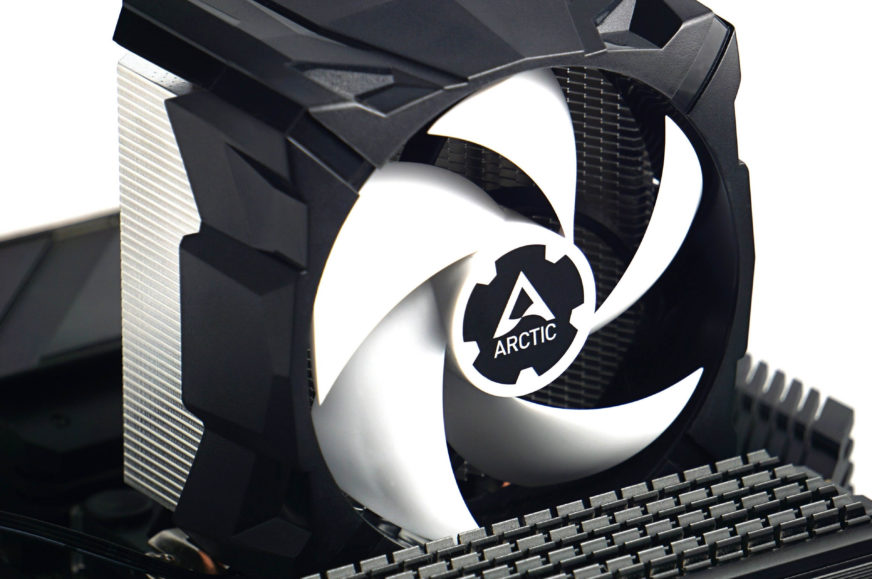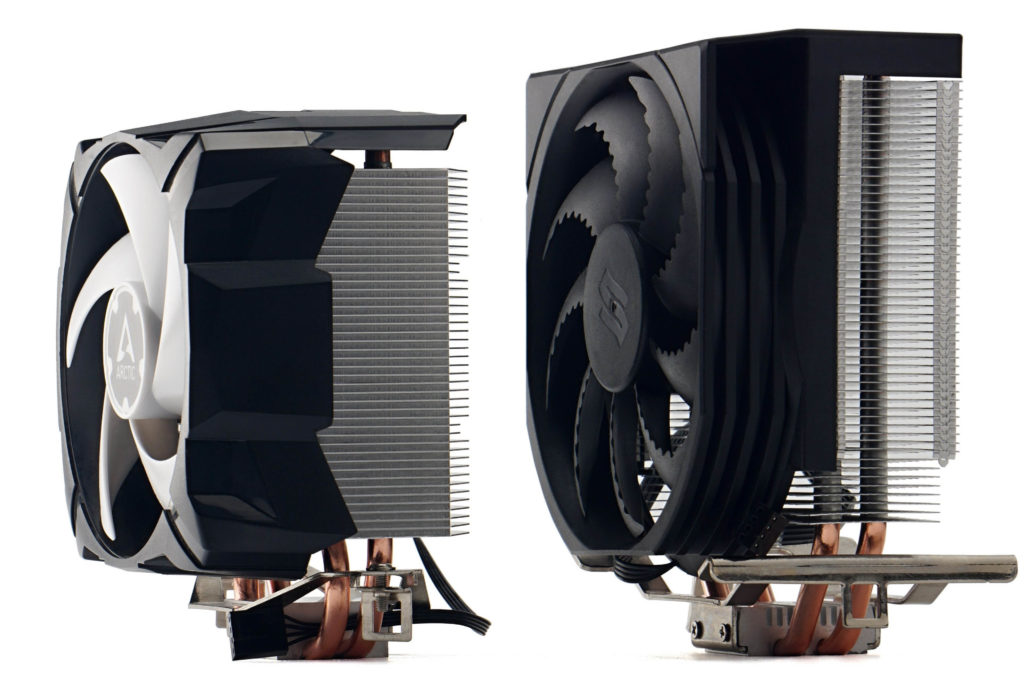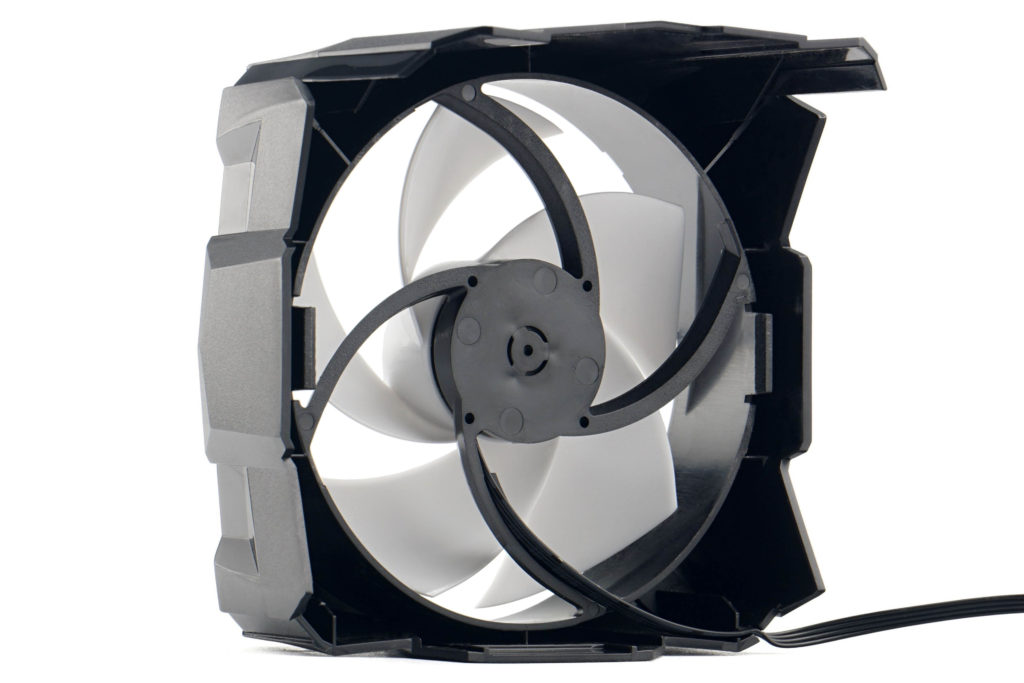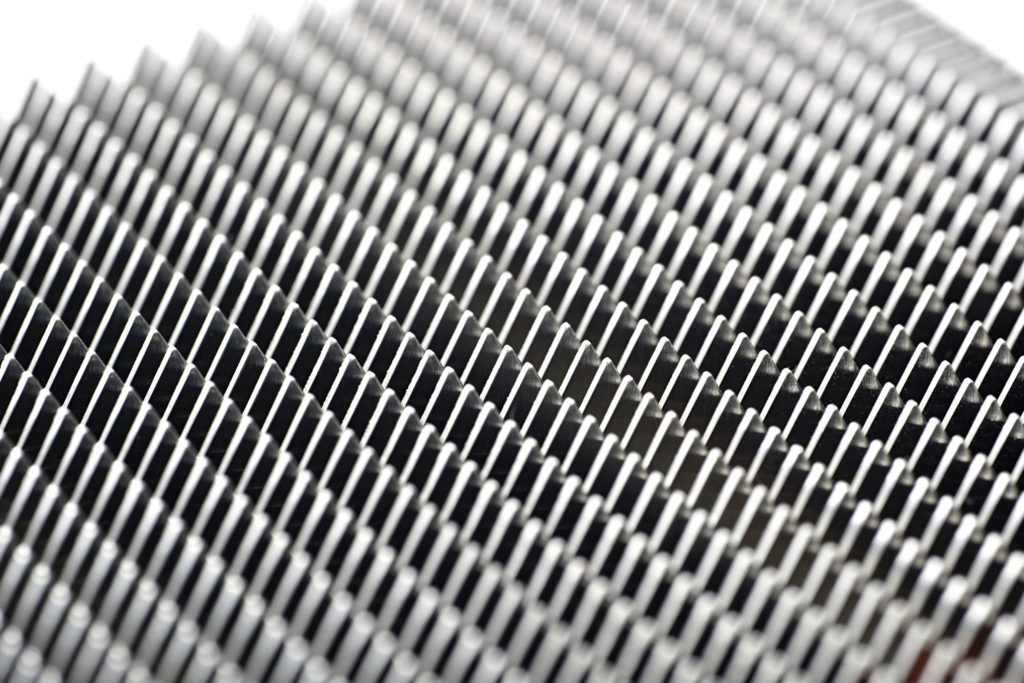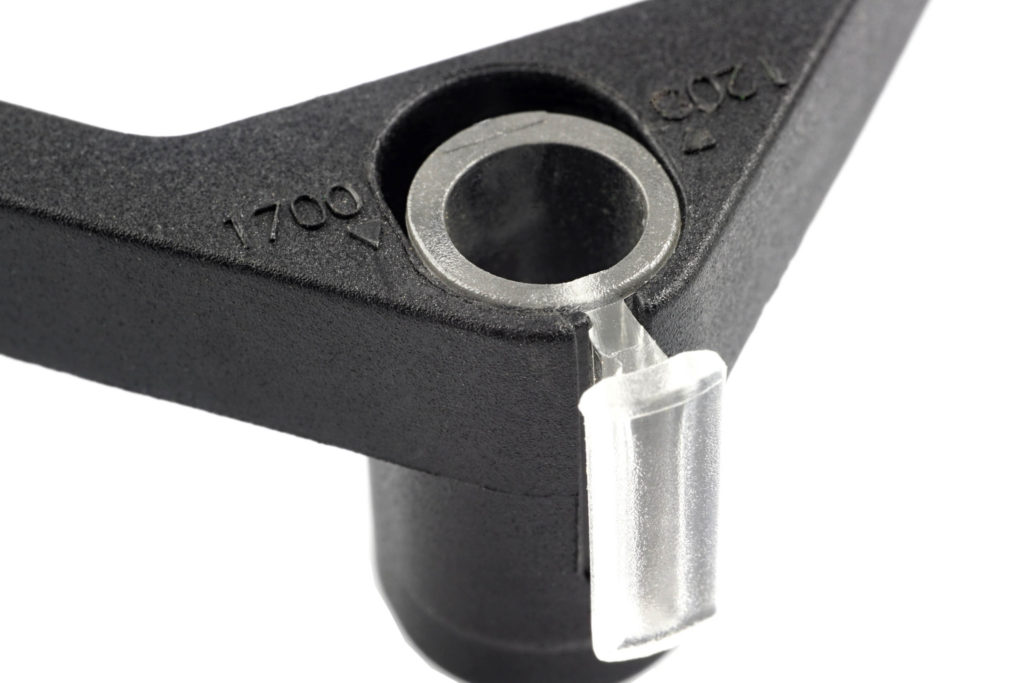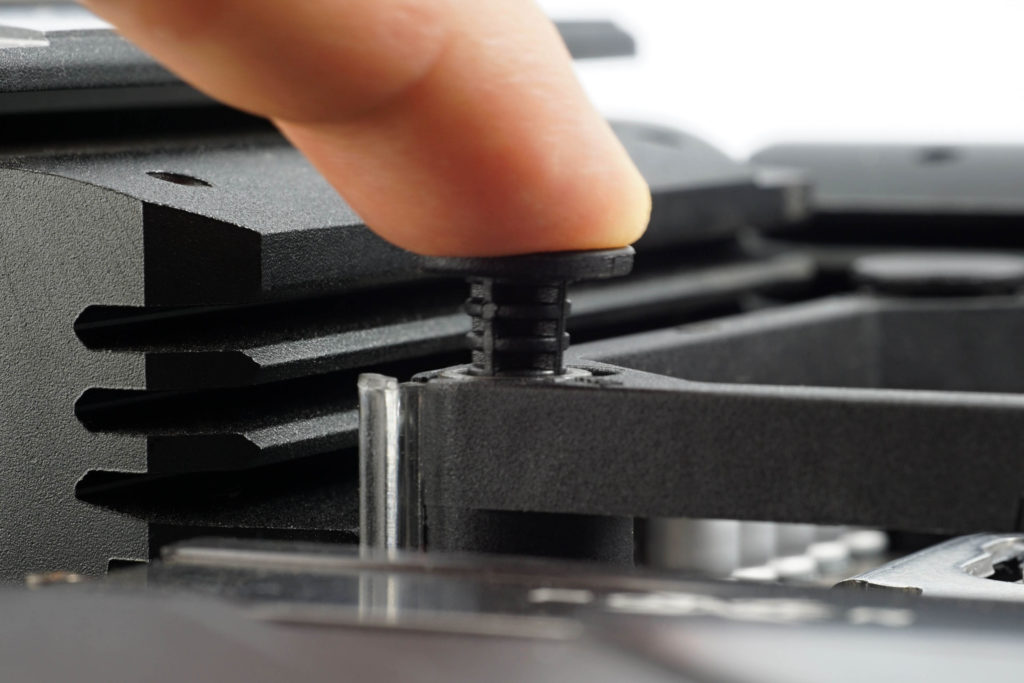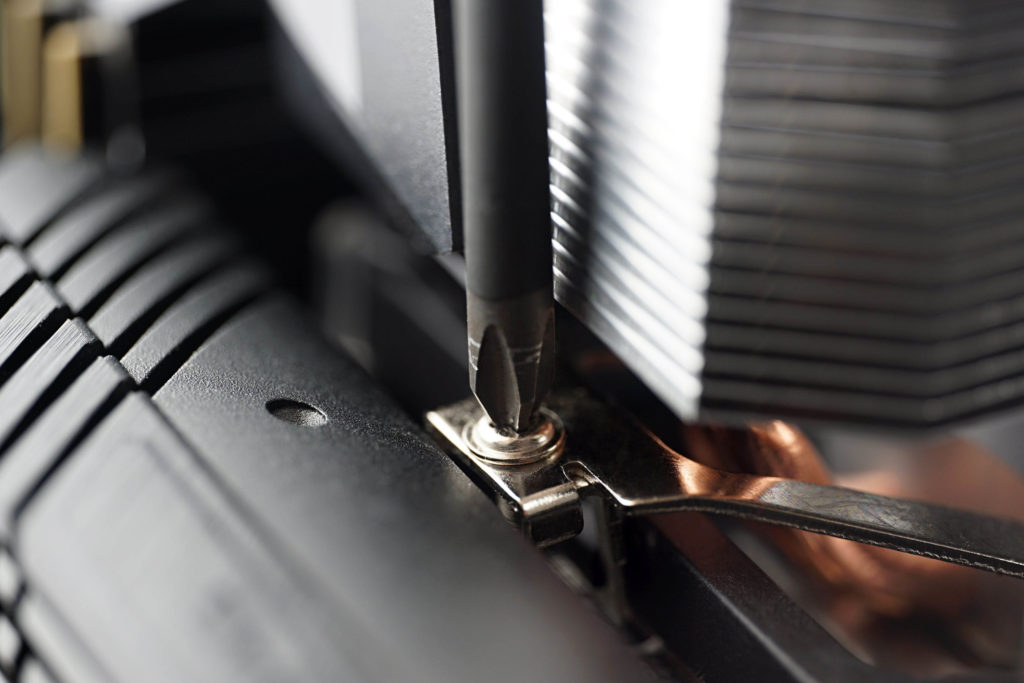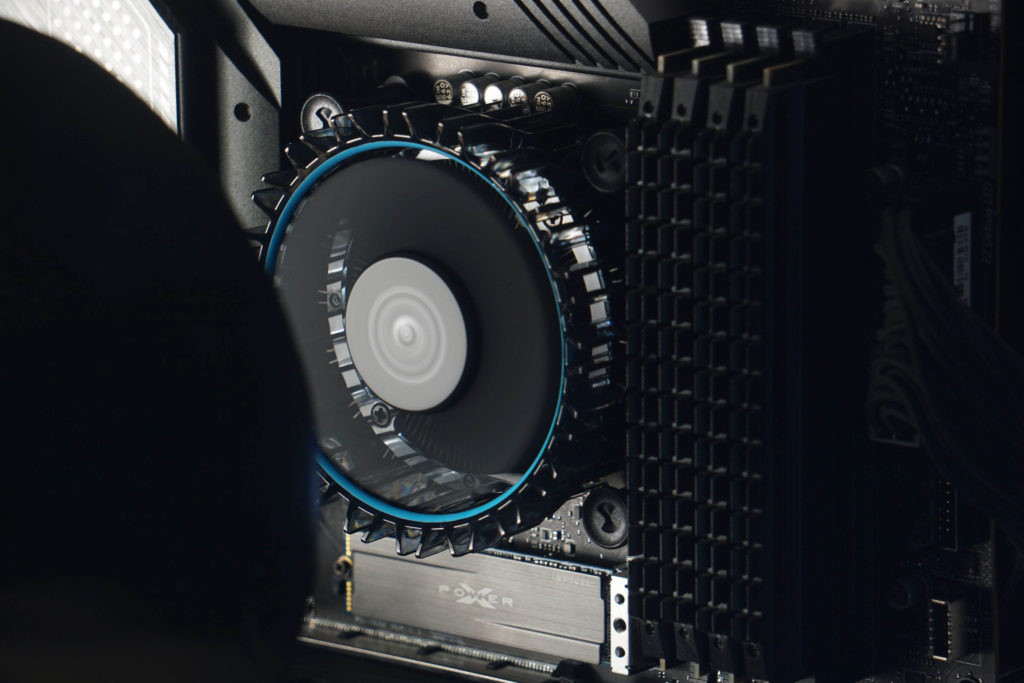The Arctic Freezer 7 X rev. 3 cooler in detail
How many generations of processors could the Freezer 7 cool? The most. No other brand of coolers has been around for so long. That’s worthy of respect, but the fact remains that the progression in efficiency is rapid from revision to revision. Some improvements do come, but at a slower rate than competing solutions that are way more cost-effective. Thus, Freezer 7 often reaches the shelves of brick-and-mortar stores and PC builds only by inertia.
The Freezer 7 cooler was firstly being released for five years under Arctic Cooling, and it’s been another twelve years since the company was renamed (to Arctic). Even the Scythe Mugen series of coolers is younger. This one will also be addressed prospectively in the context of larger coolers, using Pavel’s methodology. Now we’ll take a look at another staple, the Freezer 7 model X. It was going to happen many times, but something always got in the way. And it was probably for the best. After the release of the direct competitor SilentiumPC Spartan 5, these tests will have more weight.
The Arctic Freezer 7 X rev. 3 cooler in detail
The Freezer 7 X is only 132.5 mm in height. Except for rarities like the Thermalright TA120 EX Mini (White), it is significantly more low-profile than coolers with 120 mm fans. Arctic doesn’t use a 92 mm fan like its predecessors, but a half-size larger fan – a 100 mm fan.
The lower profile is one of the biggest advantages of this cooler, especially in this lower price range. However, the toll for this is a significantly smaller fin area than that of, for example, the competing SilentiumPC Spartan 5. Its fins also feature more prominently molded protrusions to increase the overall radiating area. Something similar is also present on the Freezer 7 X, although here it is more kind of relatively shallow “imprints” (rather than a proper molding) from the underside of the ribs.
Anyway, the finned part of the Freezer 7 heatsink is 16 mm shorter and up to 27 mm thinner compared to the one on the Spartan 5. The total radiating area is thus significantly smaller, although the tenth of a millimeter thicker fins (0.4 mm) of the Arctic cooler have a higher heat capacity for the same area. But also smaller spacing (1.55 instead of 1.65 mm, Spartan 5), so heat dissipation is worse, especially at lower fan speeds.
For heat dissipation, the so-called DHT base is also used here, i.e. with direct contact heatpipe.There are “only” two of them, but for processors with power draws up to 100 W, such a configuration is sufficient and does not represent a limitation, as you could see in the tests last time, where Spartan 5 did not cool the Core i5-12400 without power limits so much worse than the Fera 5 with a significantly higher TDP (by 60W according to the parameters).
Unlike on the Spartan 5, the Freezer 7 X fan can be conveniently removed. It is attached to the fins on the sides with two wider hooks. The connection is strong enough and the fan does not rattle on the heatsink, has no play and holds firmly. So the fan doesn’t tend to “make the fins ring” due to vibrations, but Arctic rubber pads (for the future, when plastics won’t be so fresh…) could be used. Of course, some vibrations are transmitted to the cooler body and from it to other components and can be a source of annoying secondary noise.
While the fan can be easily removed from the cooler, it is still a solution with a non-standardized frame that is tailored to the Freezer 7 X. However, you can also mount a regular 92 or 100 mm fan on the heatsink in an emergency. But it will require a home-made attachment, for example, with pull-tapes around the heatpipe.
Arctic’s fan rotor may only have five blades, but with an extra-large area, larger than on standard 7-blade fans in the 120 mm format. To reduce air resistance and thus reduce noise, the long edge of the fins is serrated. Technically, this is solved well and it can’t be constructed significantly more efficiently within such a small footprint. The heatpipe spacing is also made with an even heat distribution in mind.
Mounting to the socket is via push-pins. Compared to a proper bolted connection, this is a more subtle connection, but cheaper to manufacture, which is why it is used for low-end coolers. Although, especially with taller tower designs, it’s always a risk and we don’t recommend transporting the assembly with the cooler installed.
The installation process is convenient outside the case, but inside, the installation can be more difficult. On Intel platforms, you need to prepare the retention frame first. In its corners, you insert the supplied cavities, which, depending on the socket (LGA 1700 and LGA 1200/115x are supported) of your motherboard, you adjust to the corresponding position.
The frame is then attached to the socket. This is quite simple, you push the push-pins through the cavities and as long as they don’t put too much resistance, they are pushed all the way in (which is confirmed by the flared throat of the end of the cavity under the socket), you are all good to go, ready to mount the cooler itself. On AMD platforms, these steps are eliminated, as pre-installed motherboard mounts are used.
The cooler is always fastened via a clasp with two windows, which catch on the hooks of the frame from above and below. The windows are attached to the clip via screws so that they can be loosened for convenient mounting. However, you must not forget to tighten them afterwards, on both sides, so that the pressure of the cooler is even. Screwing a cooler in a smaller case can be quite complicated due to the tight space. Memory won’t cross your path though, the Freezer 7 X doesn’t interfere above the DIMM slots.
When buying for LGA 1700 motherboards, make sure it’s revision 3. Only that includes mounting accessories for Intel’s latest socket. If it is the third revision, it will also be printed at the bottom of the box above the barcode. The information about the sockets supported is then also in two more places within the package graphics, both at the front (bottom right) and at the back (in the specifications table). The AMD AM4 platform has been supported since the first revision.
Methodology
The coolers are tested at maximum output and at lower speeds corresponding to fixed noise levels of 45, 42, 39, 36, 33 and 31 dBA. Noise levels are measured with a Reed R8080 noise meter (with a parabolic collar to increase sensitivity) at a distance of 15 centimetres from the sound source (fan).
Measurements are done traditionally in our wind tunnel, with two 500-rpm Noctua NF-S12A PWM fans at the intake and an equal number of these fans at the exhaust. The intake air temperature (21-21.1 °C) is constant, properly controlled throughout the testing. The tests run on an Intel Core i5-12400 with stepping H0 (i.e., a variant with the smaller core, which Core i3s, Pentiums, and Celerons also have). This, without power-limits (average CPU power draw is then around 93 W) and with PL2 limited to the TDP level (65 W). We simulate the load in Cinebench R23, the test motherboard is MSI MAG Z690 Tomahawk WiFi DDR4.In addition to CPU temperatures, we also pull the MOS and CPU socket sensor temperatures from the log into the graphs. So the results also show how the fan, in addition to the heatsink, also cools the surrounding area of the socket with components that heat up to critical values.
- Contents
- The Arctic Freezer 7 X rev. 3 cooler in detail
- Results: Maximum performance
- Results: Higher performance (45 dBA)
- Results: Medium performance (42 dBA)
- Results: Lower noise level (39 dBA)
- Results: Low noise level (36 dBA)
- Results: Very low noise level (33 dBA)
- Results: Audibility threshold (31 dBA)
- Conclusion





